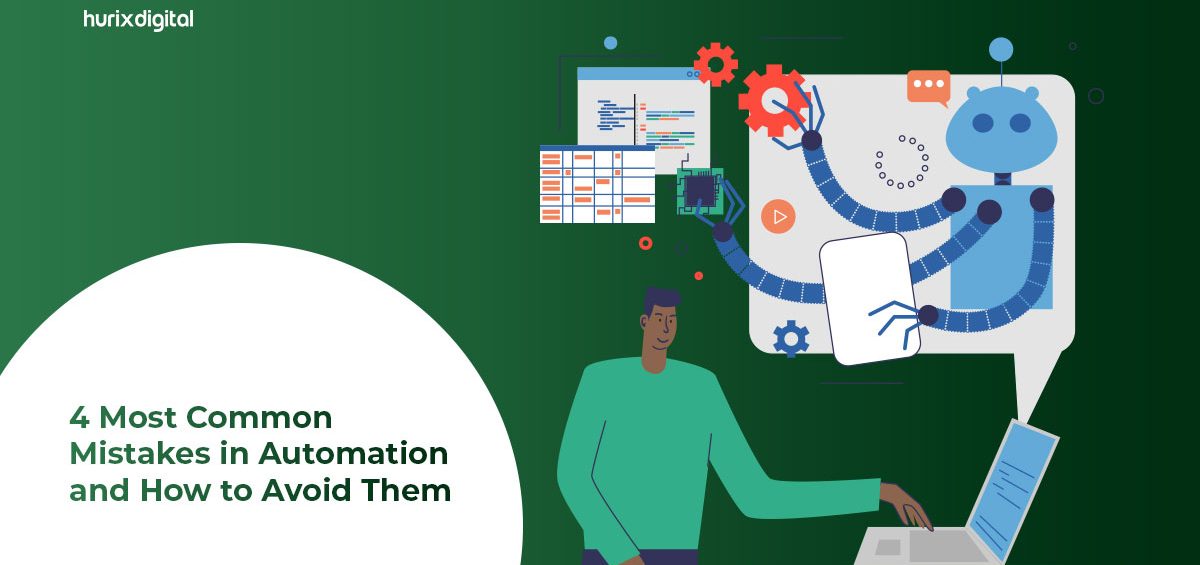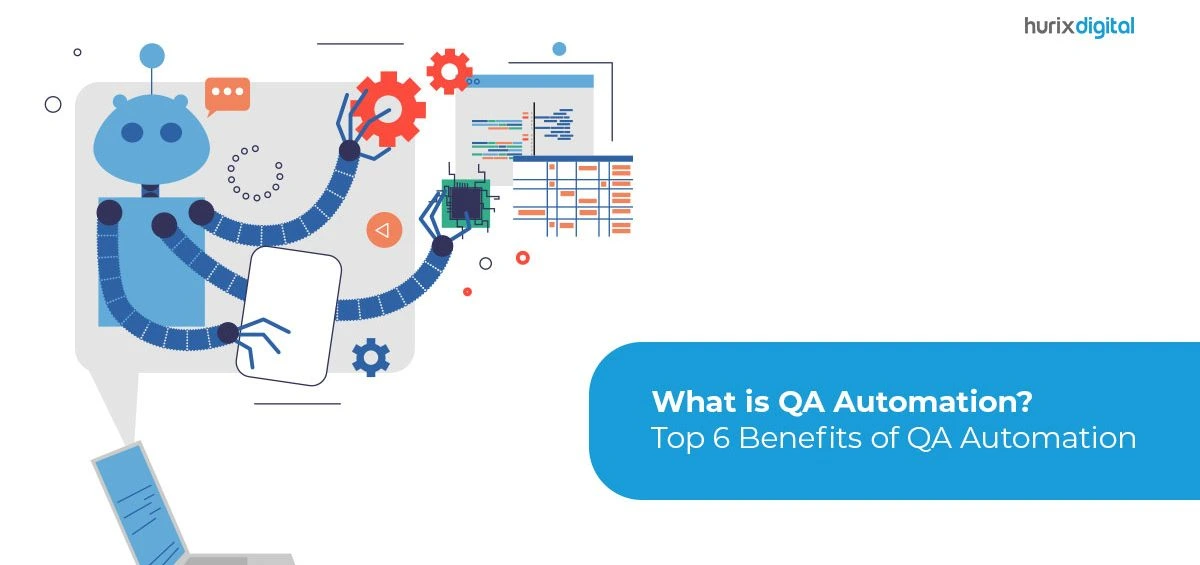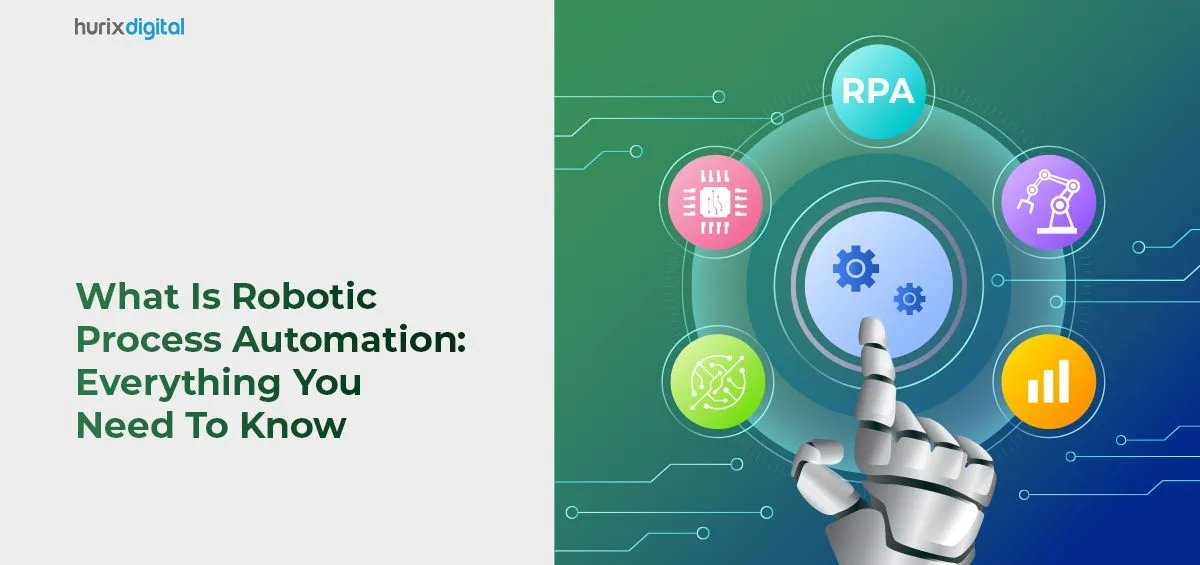Automation offers numerous benefits saving time and money, and quality and speed improvements; however, it can also be problematic, especially with increasing hyperautomation and newer technologies such as Robotic Process Automation (RPA).
Automation has become an integral part of modern businesses, and implementing automation best practices can streamline processes, increase efficiency, and improve overall productivity. Organizations often seek automation integration and consulting services to ensure a smooth and successful automation journey.
Table of Contents:
- Seven Best Automation Best Practices
1. Clearly Define Objectives
2. Start Small and Scale
3. Select the Right Automation Tools
4. Involve Stakeholder
5. Establish Clear Metrics
6. Continuous Monitoring and Maintenance
7. Invest in Training and Skill Development - What are the 4 Most Common Mistakes in Automation?
1. Not engaging all stakeholders
2. Believing that anyone can do automation without the need for IT
3. Deploying automation is always the solution
4. Inefficient monitoring post-production - Conclusion
Automation integration involves seamlessly incorporating automated systems and tools into existing workflows. By leveraging the expertise of automation consulting services, businesses can identify areas where automation can deliver maximum impact and develop a strategic roadmap for implementation. These consulting services provide guidance on selecting the right automation solutions, customizing them to meet specific business needs, and integrating them into the existing infrastructure.
One critical aspect of automation best practices is automation testing. Automation testing involves utilizing automated tools and frameworks to verify and validate software applications, systems, or processes. It ensures the reliability and functionality of automated processes and minimizes the risk of errors or failures. Automation testing allows organizations to detect issues early, reduce manual testing efforts, and accelerate the overall testing process.
Seven Best Automation Best Practices
To effectively implement automation and achieve desired results, it is important to follow some automation best practices. These include:
- Clearly Define Objectives: Clearly define the goals and objectives of automation initiatives. Understand the specific processes or tasks that can benefit from automation and set realistic expectations.
- Start Small and Scale: Begin with automating simple and repetitive tasks before moving on to complex processes. Gradually scale automation efforts to cover more areas and processes as confidence and expertise grow.
- Select the Right Automation Tools: Choose automation tools that align with the organization’s requirements and technical landscape. Evaluate factors such as ease of use, compatibility, scalability, and support.
- Involve Stakeholders: Involve key stakeholders from different departments or teams throughout the automation journey. Collaboration and communication are essential to ensure that automation initiatives align with organizational goals and meet specific departmental needs.
- Establish Clear Metrics: Define metrics to measure the success and effectiveness of automation efforts. These metrics may include time saved, error reduction, cost savings, and overall process efficiency.
- Continuous Monitoring and Maintenance: Regularly monitor and maintain automated processes to ensure they are functioning correctly and delivering the expected results. Proactively identify and address any issues or bottlenecks that may arise.
- Invest in Training and Skill Development: Provide training and skill development opportunities to employees involved in automation initiatives. This empowers them to effectively utilize automation tools, troubleshoot issues, and optimize automated processes.
By following these automation best practices, organizations can maximize the benefits of automation, streamline operations, and achieve higher levels of efficiency and productivity. Automation integration and consulting services play a crucial role in guiding businesses through the automation journey, ensuring successful implementation, and leveraging automation tools effectively.
What are the 4 Most Common Mistakes in Automation?
Here are the most common mistakes that can hamper automation efforts and actions to avoid these mistakes.
1.Not engaging all stakeholders
As we know, automation impacts the enterprise on a broad level, therefore it becomes critical to engage stakeholders from across the organization in the decision-making process. Automation should be viewed as an end-to-end process. Often individual company departments have isolated solutions and do not coordinate their automation strategies. This results in a lack of overarching, clearly defined strategy. Only when you put everything together and have someone to control the operation, it becomes a well-defined strategy and process.
Action: Assign responsibility for coordination and stakeholder management to a team member so that roadmap and strategy can be clearly outlined.
2. Believing that anyone can do automation without the need for IT
With the further adoption of RPA and low-code/no-code applications, many business users believe that they can automate a process without the assistance of IT. However, many of those applications are integrated with other systems which require technical expertise and knowledge in order to manage and control. If the IT team isn’t involved, there is a risk of failures during certain system changes and upgrades.
Action: Involve individuals who are knowledgeable and skilled across technical, business and operations for successful implementation.
3. Deploying automation is always the solution
Many enterprises believe that automation is the solution to many business processes to improve efficiency or to cover up gaps in systems. In the process, multiple automation tools are deployed all at once across the enterprise too soon. This can create issues and challenges to manage multiple automated systems efficiently.
Action: Evaluate the benefits and drawbacks of automation individually for every potential system by considering system functionality, integration and maintenance strategy.
4. Inefficient monitoring post-production
Automation projects require extensive monitoring and regular quality checks after implementation. Automation reduces manual effort but increases the need for monitoring and if necessary, correction effort. For example, for RPA rollouts, it is important to ensure that robots are working as expected.
Action: Establish processes to enable post-production continuous monitoring. AI can be used to have automatic controls that detect faults and if possible independently correct the faults.
Conclusion
Implementing the recommendations to avoid these four automation mistakes can help businesses to achieve desirable outcomes and maximum efficiency in their automation projects.
Contact us or drop a mail to marketing@hurix.com for more information.
Also Read – Overcoming Challenges in RPA Implementation: Best Practices and Solutions









